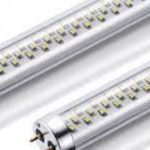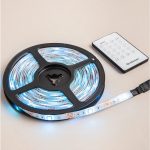Halogen vs LED Lights: Which is the Better Choice for Your Home?
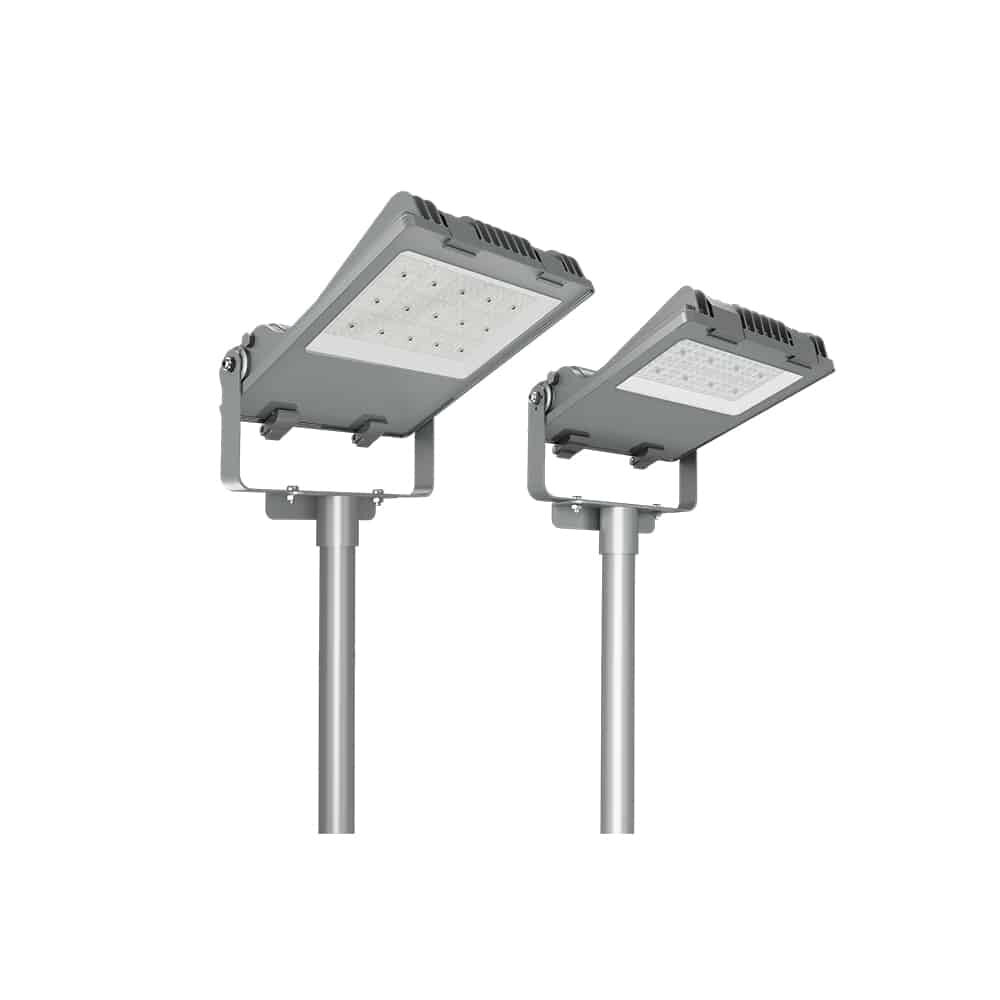
Lighting is an essential aspect of any home. Not only does it provide illumination, but it also sets the mood and ambiance of a room. With the advancements in technology, homeowners now have a wide range of lighting options to choose from. Among these choices are halogen and LED lights, which have gained popularity in recent years. Both types of lighting have their advantages and disadvantages, and it can be challenging to decide which one is the better choice for your home. Halogen lights have been around for decades and are still commonly used in many households. These lights are similar to incandescent bulbs, but they use less energy and have a longer lifespan. Halogen lights emit a warm, yellowish glow that is perfect for creating a cozy atmosphere in a room. They are also dimmable, making them an excellent choice for areas where you want to adjust the lighting to your liking. However, halogen lights can be costly to operate in the long run, and they can also produce a significant amount of heat, which can be uncomfortable during the summer months.
Halogen lights are a type of incandescent lighting that uses halogen gas to increase the bulb’s light output and lifespan. They are known for their bright, warm light and are commonly used in track lighting, accent lighting, and outdoor lighting fixtures. However, they are not as energy-efficient as LED lights and can emit a lot of heat, making them a less eco-friendly option. LED lights, on the other hand, use light-emitting diodes to produce light and are known for their energy efficiency and longevity. They emit little heat and are available in a range of colors and brightness levels, making them a versatile option for both indoor and outdoor lighting. While they may be more expensive upfront, their long lifespan and energy efficiency make LED lights the better choice for your home in the long run.
Choosing the right light for your home is crucial as it can significantly impact the ambiance and functionality of your living space. The type of lighting you choose can affect your mood, productivity, and even your health. Halogen lights have been a popular choice for a long time, but they consume a lot of energy and generate heat, making them inefficient and unsustainable in the long run. LED lights, on the other hand, are energy-efficient, long-lasting, and environmentally friendly. They provide brighter and more consistent light, making them ideal for task lighting, accent lighting, and general lighting. Investing in the right lighting can enhance the aesthetic appeal of your home, create a comfortable living environment, and reduce your energy bills.
Energy Efficiency
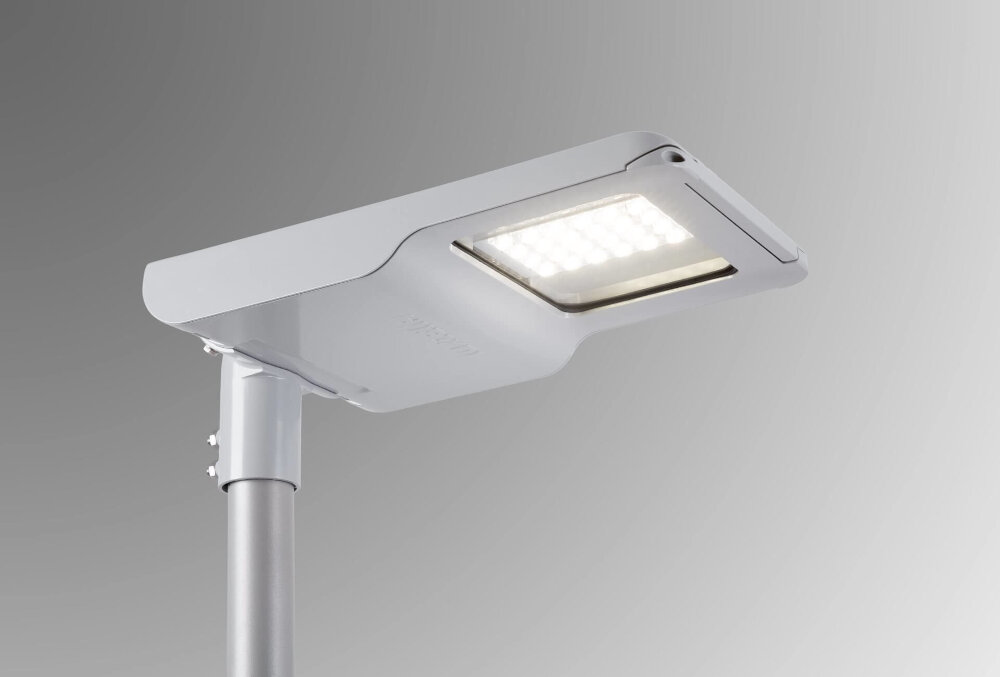
Energy efficiency is an important consideration when it comes to choosing the right lighting for your home. Halogen bulbs are known to be less energy efficient than LED lights, as they require more energy to produce the same amount of light. This means that over time, using halogen bulbs can result in higher electricity bills and a greater impact on the environment. In contrast, LED lights use significantly less energy to produce the same level of brightness, making them a more environmentally friendly and cost-effective option for homeowners. In addition to their energy efficiency, LED lights also have a longer lifespan than halogen bulbs. This means that they need to be replaced less frequently, reducing the amount of waste generated from discarded bulbs. LED lights also emit less heat than halogen bulbs, which can help to reduce cooling costs during the summer months. Overall, while halogen bulbs may be cheaper to purchase initially, the long-term benefits of LED lights in terms of energy efficiency, cost savings, and environmental impact make them a better choice for homeowners looking to make sustainable choices for their homes.
When it comes to energy consumption, LED lights are the clear winner over halogen lights. Halogen lights are known for their high energy consumption, which is due to their inefficient use of energy. In fact, halogen lights can use up to 90% more energy than LED lights. LED lights, on the other hand, are highly efficient and use up to 80% less energy than halogen lights. This translates into significant savings on your electricity bill and a reduced environmental impact. Additionally, LED lights last much longer than halogen lights, which means you’ll save money on replacement costs over time. Overall, if you’re looking for an energy-efficient lighting option for your home, LED lights are the way to go.
Energy efficiency plays a significant role in determining the amount of electricity bills. The more energy-efficient a device or appliance is, the less power it consumes, resulting in lower energy bills. Halogen bulbs, for instance, consume more electricity and produce more heat than LED lights. They are less energy-efficient, and as a result, they can increase electricity bills. However, LED lights are far more energy-efficient than halogen bulbs since they require less power to produce the same amount of illumination. This means that homeowners can save significantly on their electricity bills by replacing halogen bulbs with LED lights. Additionally, the longer lifespan of LED lights also means that homeowners don’t have to replace them as frequently, further reducing costs.
Lifespan
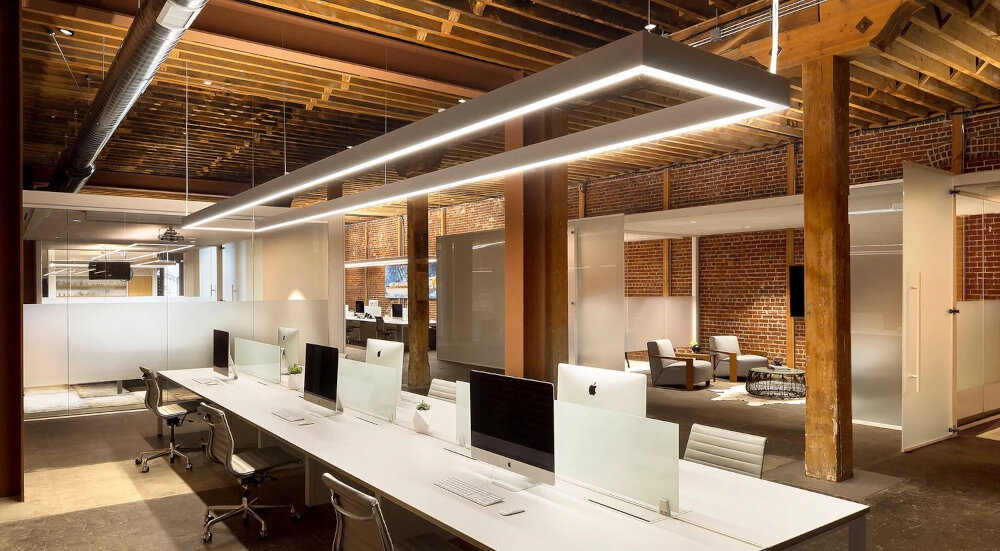
When it comes to the lifespan of lighting fixtures, Halogen and LED lights are two different worlds. Halogen lights, although relatively cheap, are not very durable. These lights tend to burn out quickly and need to be replaced frequently. In fact, the average lifespan of a halogen bulb is only about 2,000 hours. This means that if you use your halogen lights for an average of 3 hours a day, you will need to replace them every 2 years or so. This can be quite inconvenient, especially if you have a lot of halogen lights in your home. On the other hand, LED lights have a much longer lifespan. These lights can last up to 25,000 hours or more, which means that you will not have to replace them nearly as often as halogen lights. In fact, if you use your LED lights for an average of 3 hours a day, they can last for up to 20 years! Although LED lights are more expensive than halogen lights, their long lifespan makes them a much better investment in the long run. Not only will you save money on replacement bulbs, but you will also save time and energy in having to replace them less frequently.
When it comes to lifespan, LED lights outperform halogen lights by a significant margin. Halogen lights typically last between 2,000 to 6,000 hours, while LED lights can last up to 50,000 hours or more. This means that LED lights need to be replaced far less frequently, making them a more cost-effective option in the long run. Additionally, LED lights are more energy-efficient than halogen lights, which also saves money on energy bills. While halogen lights may be cheaper upfront, the cost of constantly replacing them and the higher energy consumption make LED lights the better choice for homeowners looking to save money and reduce their environmental impact.
A longer lifespan of LED lights compared to halogen lights can save money in the long run in various ways. LED lights consume significantly less energy and have a lifespan of up to 50,000 hours, while halogen lights have a lifespan of only up to 2,000 hours. This means that LED lights last up to 25 times longer than halogen lights. The longer lifespan of LED lights reduces the need for frequent replacements, which saves money on replacement costs and reduces the amount of waste generated. Additionally, the lower energy consumption of LED lights results in lower electricity bills, leading to cost savings over time. Therefore, choosing LED lights over halogen lights can result in significant long-term savings.
Brightness and Color
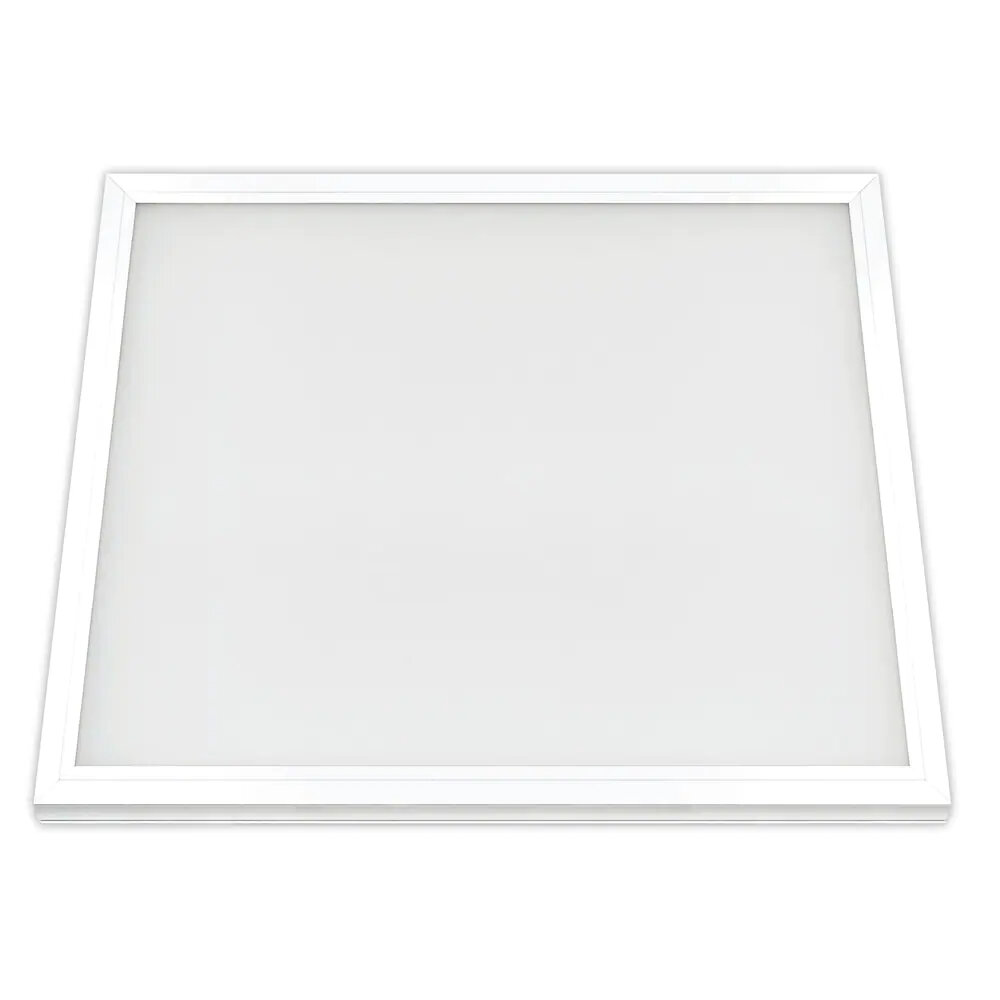
Brightness and color are two important factors to consider when choosing between halogen and LED lights. Halogen bulbs are known for their bright, warm light that closely resembles natural sunlight. This makes them a popular choice for areas where good visibility is important, such as kitchens, bathrooms, and workspaces. However, halogen bulbs can also create a lot of heat, which can be a safety concern if they are installed in enclosed fixtures or near flammable materials. On the other hand, LED lights are known for their energy efficiency and versatility in terms of brightness and color. LED bulbs are available in a wide range of colors, from warm white to cool white, and they can be dimmed to adjust the brightness level to your liking. This makes them a great choice for creating mood lighting or highlighting specific areas in your home. Additionally, LED lights produce very little heat, which means they are safe to use in enclosed fixtures and won’t contribute to the overall temperature of your home.
When it comes to brightness and color options, LED lights are the clear winner over halogen lights. LED lights can produce brighter light than halogen lights while consuming less energy, making them more efficient. Additionally, LED lights are available in a wider range of colors, including warm, cool, and daylight options. On the other hand, halogen lights produce a warm, yellowish light that may not be suitable for some applications. Overall, LED lights offer greater flexibility and customization in terms of brightness and color options, making them a better choice for homeowners looking to upgrade their lighting system.
Brightness and color are two important factors that can significantly impact mood and productivity. Brighter lights are known to increase alertness and focus, which can be beneficial for tasks that require concentration, such as studying or working. However, overly bright lights can also cause eye strain and headaches, leading to decreased productivity. Color temperature is another important consideration, as warmer tones can promote relaxation and a sense of calm, while cooler tones can increase energy and productivity. Ultimately, the choice between halogen and LED lights will depend on individual preferences and needs. While halogen lights may offer a warmer and more traditional feel, LED lights are more energy-efficient and offer a wider range of color temperatures to choose from.
Environmental Impact
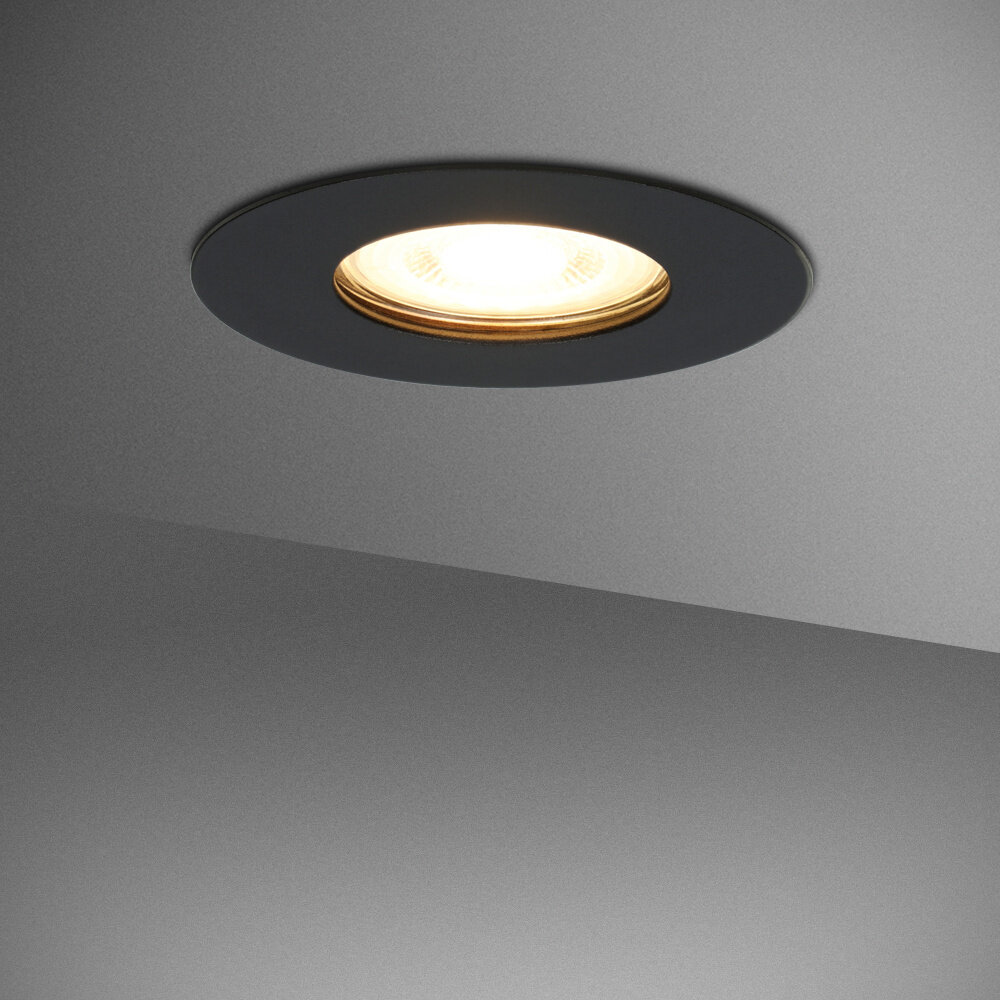
When it comes to choosing between halogen and LED lights, one of the most significant factors to consider is their environmental impact. Halogen lights are known to have a higher carbon footprint compared to LED lights. This is because halogen lights consume more energy and emit more heat, which results in a higher amount of greenhouse gases being released into the atmosphere. Additionally, halogen lights have a shorter lifespan compared to LED lights, which means they need to be replaced more frequently, resulting in more waste. This waste can have a significant impact on the environment, especially when disposed of improperly. On the other hand, LED lights are known for their energy efficiency and eco-friendliness. LED lights consume less energy and emit less heat, resulting in a lower amount of greenhouse gases being released into the atmosphere. LED lights also have a longer lifespan compared to halogen lights, which means they need to be replaced less frequently, resulting in less waste. Additionally, LED lights are made from non-toxic materials, which means they are safer for the environment and can be recycled at the end of their lifespan. Overall, the environmental impact of LED lights is significantly lower compared to halogen lights, making them the better choice for anyone who wants to reduce their carbon footprint and help protect the environment.
When it comes to comparing the environmental impact of halogen and LED lights, it’s clear that LED lights are the better choice. Halogen lights use more energy, emitting more heat and greenhouse gases, which contribute to global warming. They also contain hazardous substances such as tungsten and iodine, which are harmful to the environment. LED lights, on the other hand, are energy-efficient and emit less heat, reducing the amount of greenhouse gases emitted. They are also free of hazardous substances, making them more eco-friendly. Additionally, LED lights have a longer lifespan, reducing the amount of waste generated from replacing bulbs. Overall, choosing LED lights over halogen lights can significantly reduce your carbon footprint and help protect the environment.
Choosing LED lights can significantly reduce your carbon footprint due to their energy efficiency. Unlike traditional halogen bulbs, which consume a lot of energy and produce a significant amount of heat, LED lights use up to 80% less energy and generate less heat. This means that they require less electricity to operate, which can ultimately reduce greenhouse gas emissions from power plants. Additionally, LED lights last much longer than halogen bulbs, reducing the frequency of replacements and further decreasing waste. By opting for LED lights, you can not only save money on your energy bills but also contribute to a more sustainable future for our planet.
Halogen lights are a popular choice for their warm, natural light and affordability. However, they produce a significant amount of heat, increasing the risk of fire and posing a danger to young children and pets. They also have a shorter lifespan and require frequent replacement, leading to higher maintenance costs. On the other hand, LED lights are energy-efficient, long-lasting, and eco-friendly, making them a great choice for homeowners who prioritize sustainability. They emit less heat and do not contain toxic materials, making them safer for use around the house. Despite being more expensive upfront, they are more cost-effective in the long run due to their longevity and lower energy consumption. Ultimately, the choice between halogen and LED lights depends on personal preferences and priorities.
When it comes to selecting lights for your home, it’s essential to consider your needs and preferences. LED lights are an excellent choice for energy efficiency, safety, and longevity. They consume less energy, emit less heat, and have a longer lifespan than halogen lights. Additionally, LED lights come in various colors and styles, making them a versatile option for any home. Halogen lights, on the other hand, are suitable for accent lighting, such as in a bathroom or kitchen. They emit a warm, yellowish glow and are often used for task lighting because they are bright and focused. Ultimately, the decision between halogen and LED lights depends on your lighting needs, budget, and personal preferences.
Conclusion
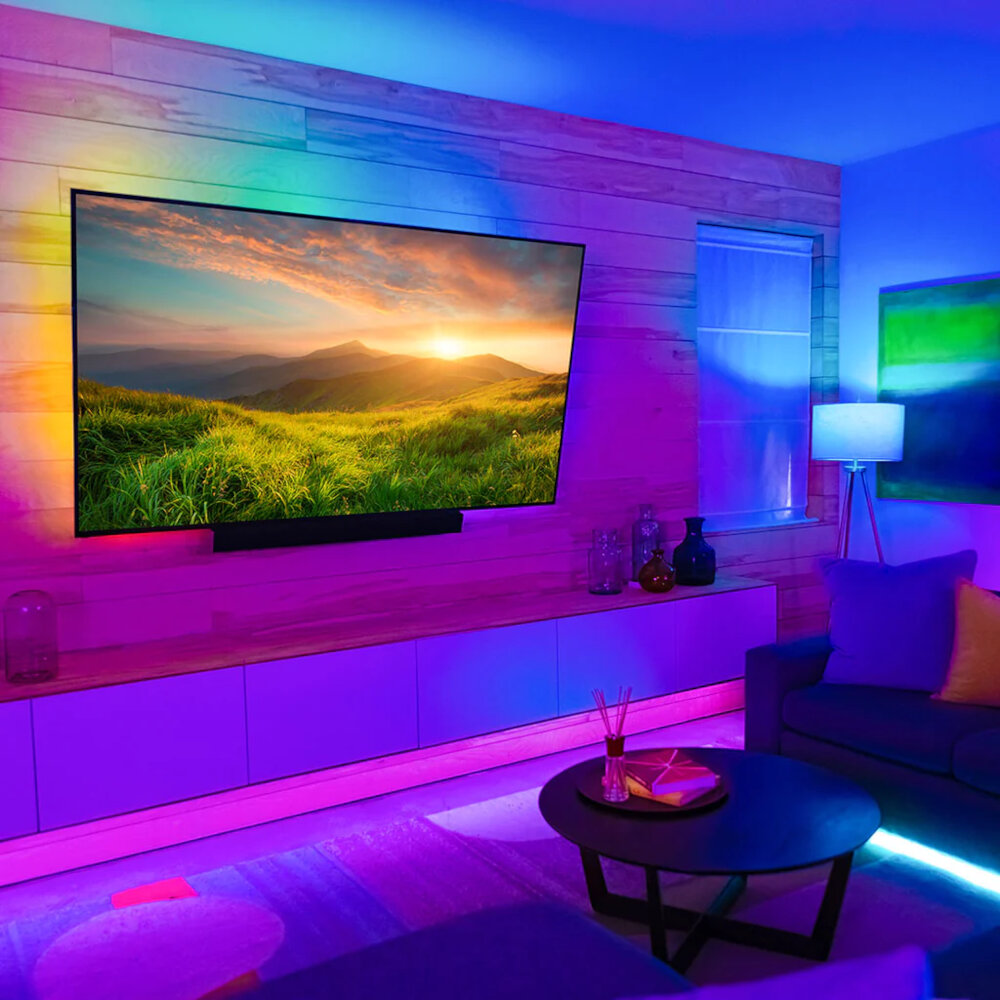
In conclusion, the choice between halogen and LED lights for your home ultimately depends on your personal preferences and needs. While halogen lights may provide a warmer, more traditional glow, LED lights offer greater energy efficiency, longer lifespans, and a wider range of color options. Additionally, LED lights are more environmentally friendly and may even save you money on your energy bills in the long run. However, if you prioritize a certain aesthetic or ambiance in your home, halogen lights may be the better choice for you. Ultimately, it’s important to weigh the pros and cons of each option and make an informed decision based on your individual circumstances.


